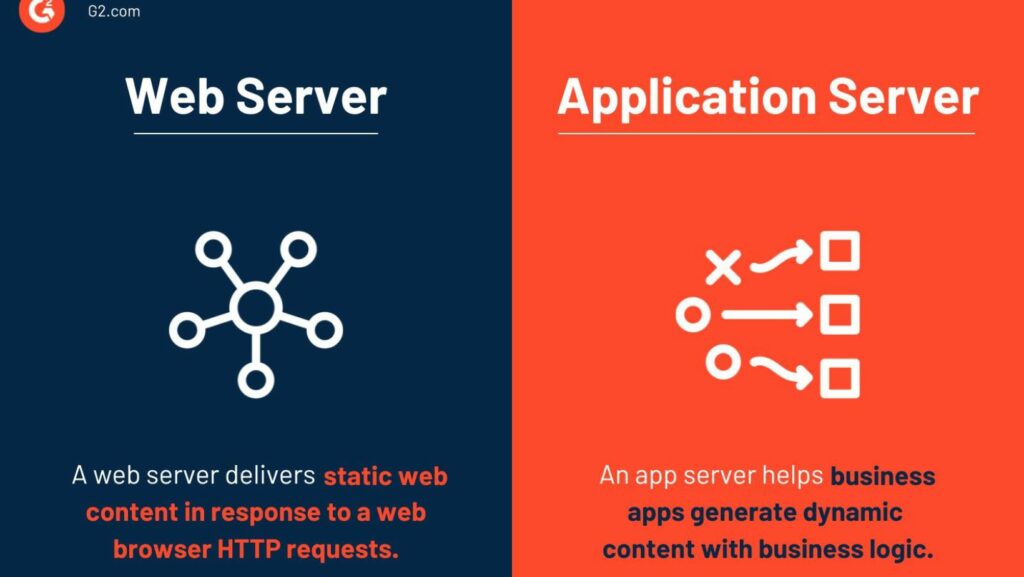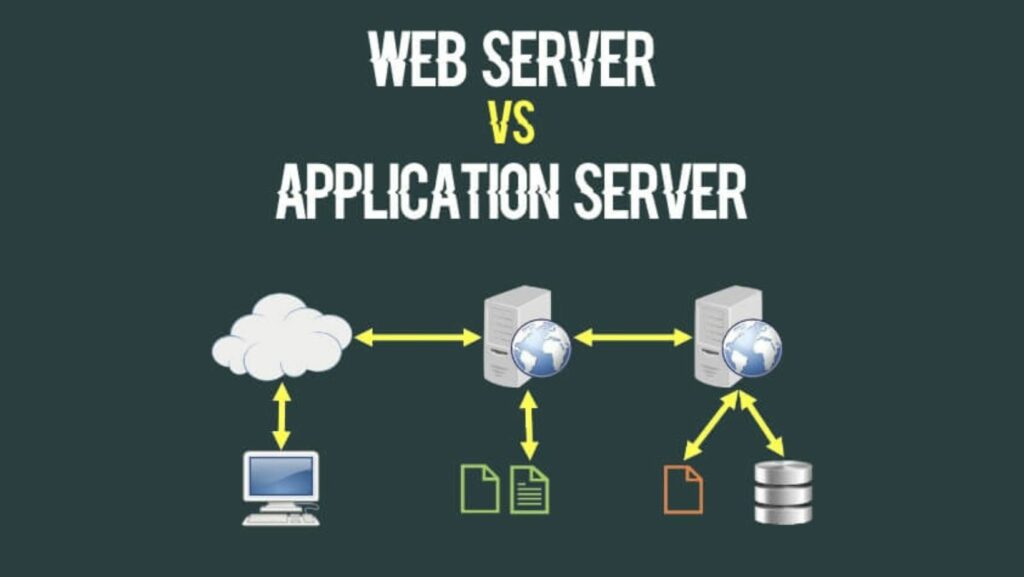
Web Application Sservers

When it comes to powering dynamic websites and web applications, web application servers play a crucial role in ensuring seamless functionality and performance. As a seasoned blogger in the tech industry, I’ve witnessed firsthand the impact that a reliable web application server can have on the user experience. From handling incoming requests to processing data and delivering content, these servers act as the backbone of modern web development.
In this article, I’ll delve into the world of web application servers, exploring their key functions, popular options, and best practices for optimization. Whether you’re a seasoned developer looking to enhance your server setup or a newcomer curious about how websites actually work behind the scenes, understanding the role of web application servers is essential in today’s digital landscape. Join me as we uncover the inner workings of these powerful tools and discover how they drive the interactive experiences we encounter online every day.
Overview of Web Application Servers
What Are Web Application Servers?
Web Application Servers are specialized servers designed to host, manage, and run web applications. They act as a bridge between the user’s web browser and the web application, processing user requests and generating dynamic content. These servers are crucial components in the architecture of interactive websites and web-based software solutions.
Key Functions of Web Application Servers
Web Application Servers perform various key functions to ensure the smooth operation of web applications:

- Request Handling: They receive and process user requests, fetching data from databases, and executing application logic before generating dynamic content.
- Security: Web Application Servers enhance the security of web applications by managing access control, encryption, and protecting against common cyber threats.
- Load Balancing: They distribute incoming web traffic across multiple servers to optimize performance, prevent overload, and ensure high availability.
- Caching: Web Application Servers store frequently accessed data in memory, reducing response times and improving overall performance.
- Session Management: They maintain user sessions, tracking user interactions, managing session data, and ensuring a seamless user experience.
- Integration: Web Application Servers facilitate the integration of web applications with databases, external services, and other systems to enhance functionality.
- Scalability: They offer scalability options, allowing web applications to handle increased traffic and grow to meet changing demands efficiently.
- Monitoring and Logging: Web Application Servers provide monitoring tools and logging capabilities to track performance metrics, detect issues, and troubleshoot problems effectively.
Web Application Servers are indispensable tools in the development and deployment of modern web applications, ensuring reliability, security, and optimal performance for users worldwide.
History and Evolution of Web Application Servers
Origins and Early Development
In tracing the origins of web application servers, it’s fascinating to note their evolution alongside the growth of the internet. Initially, servers were basic and limited in functionality, mainly serving static content. However, with the rise of dynamic websites and the need for more interactive features, the concept of web application servers emerged. These servers were designed to process user requests, manage data, and dynamically generate content tailored to user inputs. Over time, as web technologies advanced, so did the capabilities of web application servers, becoming pivotal in delivering seamless user experiences.
Recent Advancements and Trends

In the ever-evolving landscape of technology, web application servers continue to undergo significant advancements and trends. One key trend is the shift towards microservices architecture, where applications are built as a collection of small, independent services. This approach allows for greater flexibility, scalability, and easier maintenance of web applications.
Another notable advancement is the growing adoption of containerization technologies like Docker and Kubernetes, which streamline deployment processes and enhance resource utilization. Additionally, serverless computing has gained popularity, enabling developers to focus on code without worrying about server management. These trends reflect a continued focus on efficiency, scalability, and agility in web application development.
Commercial vs. Open-Source Servers
In the realm of web application servers, there are two primary categories: commercial and open-source servers. Commercial servers are typically proprietary solutions offered by companies for a fee, providing dedicated support and additional features tailored to specific business needs. On the other hand, open-source servers are developed collaboratively by a community of developers and are freely available to the public. While open-source servers offer flexibility and cost-effectiveness, commercial servers often come with enhanced security features and comprehensive technical support.
